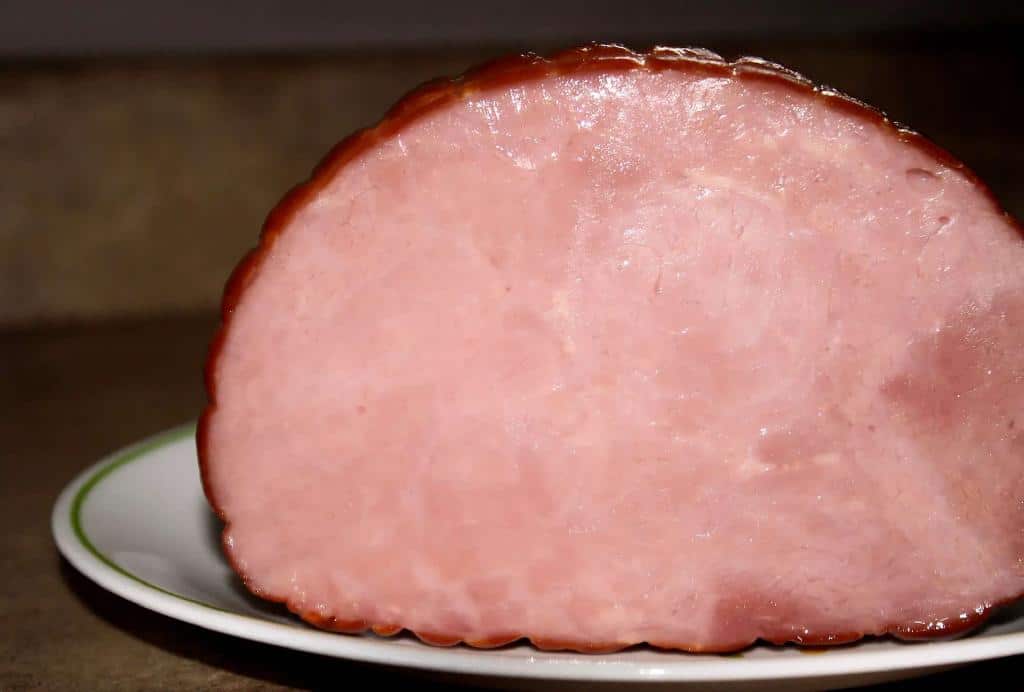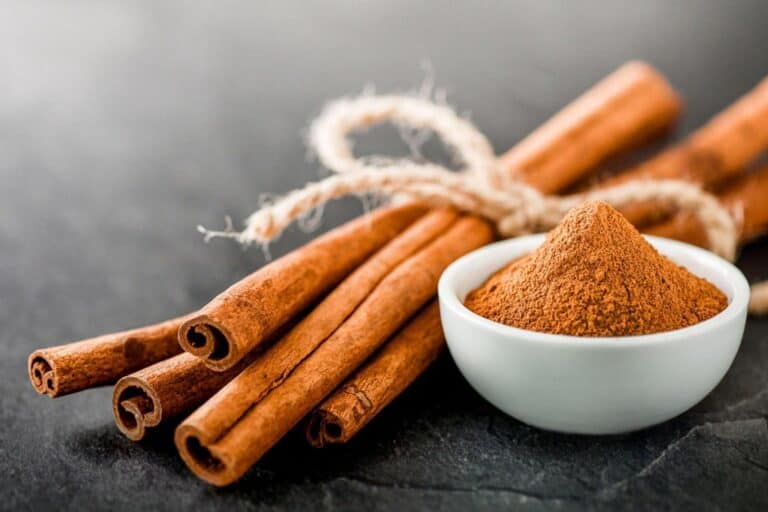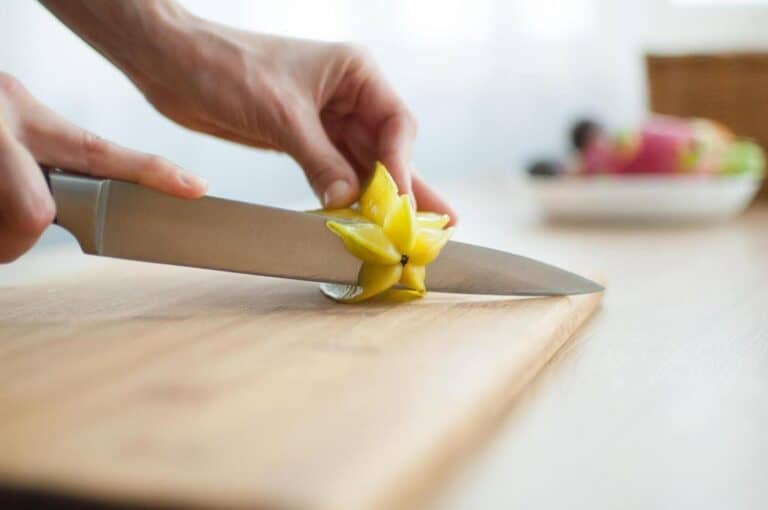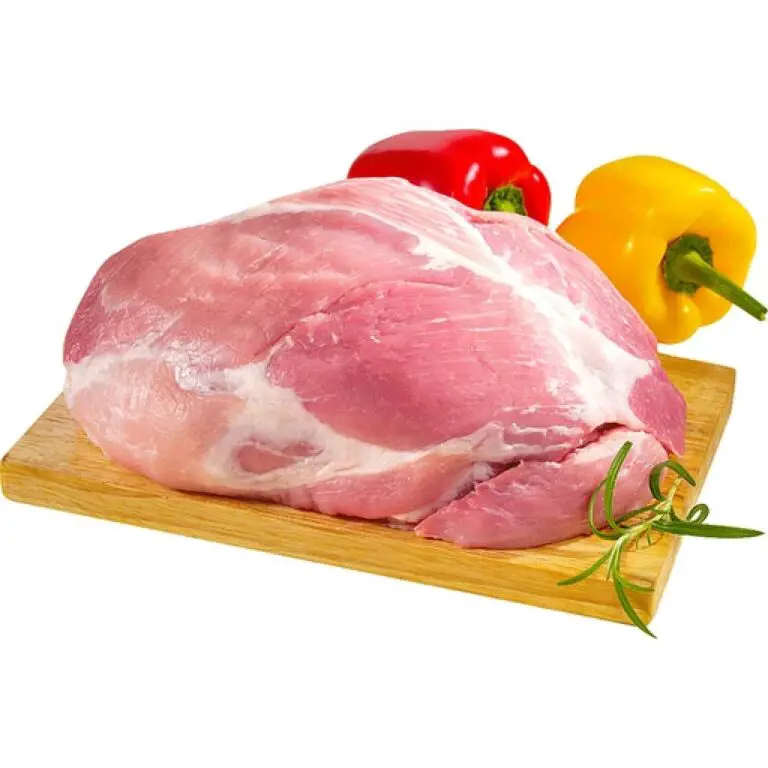Why Is My Ham Mushy After Cooking? Is Mushy Ham Safe to Eat?

Nothing says comfort and tradition quite like a juicy, flavorful ham on the table during the holidays or any special occasion. However, if you’ve ever sliced into a ham only to find that it has a mushy texture, you may find yourself wondering if it’s safe to eat. After all, the last thing you want to do is serve something to your family and friends that could make them sick.
In this article, we’ll explore the causes of mushy ham, whether or not it’s safe to eat, and what you can do to prevent it from happening in the future. So, put on your apron, and let’s dive into the world of ham!
Common Problems with Cooking Ham
Cooking ham can be a tricky process that requires a lot of attention and care to get it right. Unfortunately, many people run into common problems that can make their ham less enjoyable than they had hoped. Here are five of the most common problems with cooking ham:
- Tough, Dry Meat: One of the most common problems with cooking ham is ending up with tough, dry meat. This can happen if the ham is cooked for too long or at too high of a temperature. When the meat dries out, it can become tough and chewy, making it less enjoyable to eat.
- Burnt or Overcooked Exterior: When cooking a ham, it’s important to keep an eye on the exterior to make sure it doesn’t burn or become overcooked. This can happen if the ham is cooked at too high of a temperature or for too long. A burnt or overcooked exterior can leave a bitter taste and an unpleasant smell.
- Uneven Cooking: Another problem that can arise when cooking ham is uneven cooking. This can happen if the ham is too large, too thick, or if the oven temperature is not consistent. Uneven cooking can result in some parts of the ham being overcooked and dry, while other parts are undercooked and mushy.
- Too Salty: Finally, over-salting is another common problem that can affect the taste and texture of cooked ham. If the ham is brined or marinated in a saltwater solution for too long or with too much salt, it can become overly salty and lose its natural flavor.
- Mushy Texture: Another problem that can occur when cooking ham is a mushy texture. This happens when the ham is undercooked
or cooked at too low of a temperature. When the meat is not cooked enough, the connective tissue doesn’t break down properly, making it difficult to slice and chew.
Why Is My Ham Mushy After Cooking?
There are several reasons why your ham may have turned out mushy after cooking.
1. Overcooking
One of the most common causes is overcooking, which can cause the ham to become dry and lose its natural juices, resulting in a mushy texture. Another reason could be undercooking, where the ham is not cooked to the appropriate internal temperature, leading to an incomplete cooking process and a mushy texture.
2. Low Quality Meat
Another reason why ham may turn out mushy after cooking is due to the quality of the meat. Low-quality ham can have excess fat or connective tissue, which can lead to a mushy texture when cooked. Additionally, ham that has been frozen and then thawed improperly can also result in a mushy texture, as the ice crystals formed during freezing can damage the structure of the meat, causing it to become soft and mushy when cooked.
3. Too Much Liquid
Another common mistake that can cause ham to become mushy is adding too much liquid during cooking. When cooking ham, it is important to only use the recommended amount of liquid, as adding too much can lead to the ham becoming waterlogged and mushy. Similarly, covering the ham with foil or a lid during cooking can trap excess moisture, leading to a mushy texture.
4. Too Much Tenderizer
Another reason why your ham may have turned out mushy after cooking is due to the excessive use of tenderizer. Tenderizer is a common ingredient used to break down the fibers in meat and make it more tender. However, using too much tenderizer can lead to a mushy texture in the ham.
Most tenderizers contain enzymes that break down the protein in the meat, which can cause the texture to become soft and mushy. If you use too much tenderizer, the enzymes can break down the protein too much, causing the meat to lose its texture and become mushy. This is particularly true if the ham has already been processed or contains added water or sodium, which can make it more susceptible to breaking down when exposed to the tenderizer.
5. Marination Ingredients
Marinating ham is a common technique used to add flavor and tenderize the meat before cooking. However, certain marinade ingredients can cause ham to become mushy after cooking.
One of the main culprits is acidic ingredients such as vinegar, citrus juice, or wine. These ingredients can break down the protein fibers in the ham, causing the ham to become soft and mushy. If you marinate ham for too long in an acidic marinade, it can lead to a loss of texture and even a stringy or mushy consistency.
Another ingredient that can cause ham to become mushy is salt. Salt is a common ingredient used in marinades to enhance flavor and to help retain moisture in the meat. However, using too much salt can cause the meat to become waterlogged and mushy.
6. Storage
The way you store ham can also affect its texture after cooking. If ham is stored improperly, it can become mushy and lose its texture.
One of the main culprits is moisture. If ham is stored in a container that is not airtight or is exposed to moisture, it can cause the meat to absorb water, leading to a mushy texture. This can happen if ham is stored in a wet or damp environment, such as in a refrigerator that has not been properly cleaned or has excess moisture.
Is Mushy Ham Safe to Eat?
Ham that has a mushy texture can be concerning, as it may not seem safe to eat. However, in most cases, mushy ham is still safe to consume, as long as it has been cooked to the correct internal temperature.
Mushy ham is often the result of undercooking or cooking at too low a temperature, which can cause the connective tissue to remain intact and make the meat difficult to slice and chew. While this can be unappetizing and unpleasant, it does not necessarily mean that the ham is unsafe to eat.
That being said, it’s always important to make sure that ham is cooked to the correct internal temperature to ensure that it is safe to eat. According to the USDA, cooked ham should be heated to an internal temperature of 145°F (63°C) and allowed to rest for three minutes before serving. This will help to kill any harmful bacteria and ensure that the ham is safe to consume.
If you are unsure whether your mushy ham has been cooked to the correct temperature, it’s best to err on the side of caution and avoid eating it. However, if the ham has been properly cooked and stored, and there are no signs of spoilage, such as a foul odor or slimy texture, then it is generally safe to eat, even if it has a mushy texture.
How to Salvage Mushy Ham?
Mushy ham can be disappointing, but the good news is that there are ways to salvage it and still enjoy it. Here are some tips on how to salvage mushy ham:
- Slice it thinly: If your ham has become mushy, try slicing it thinly. Slicing the ham thinly can help give it a firmer texture and make it easier to chew. This can also make it easier to use in dishes like sandwiches or salads.
- Reheat it gently: If your ham has become mushy after cooking, try reheating it gently. Avoid using high temperatures or overcooking it, as this can cause it to become even mushier. Instead, try reheating it in a slow cooker or on low heat on the stove, adding a small amount of liquid to help retain moisture.
- Use it in soups or stews: Another way to salvage mushy ham is to use it in soups or stews. The moisture from the liquid in these dishes can help to give the ham a firmer texture and mask any mushiness. Plus, the added flavors from the soup or stew can help to enhance the overall taste of the ham.
- Mix it with other ingredients: If you don’t want to eat the ham on its own, try mixing it with other ingredients to create a new dish. For example, you could mix it with vegetables, pasta, or rice to create a flavorful casserole or stir-fry. The added ingredients can help give the ham a firmer texture and make it more enjoyable to eat.
Overcooked Ham vs. Undercooked Ham
When it comes to cooking ham, achieving the perfect balance between overcooked and undercooked can be a tricky task. Overcooking ham can lead to a dry and tough texture, while undercooking it can result in a mushy and unappetizing texture. Therefore, it is important to understand the differences between overcooked and undercooked ham to achieve the ideal texture that will make your taste buds dance.
Overcooked ham is often a result of leaving it in the oven for too long. This can lead to the meat drying out, losing its natural juices, and becoming tough to chew. Overcooked ham may also have a burnt or charred flavor, which can mask the true taste of the meat. Also, ham that has been cooked too long can make the outside tough and hard to cut, making it look less appetizing.
On the other hand, undercooked ham is often characterized by its soft and mushy texture. This can happen when the ham is not cooked to the proper internal temperature, resulting in an incomplete cooking process. Undercooked ham can also make you sick because it might have harmful bacteria that can make you sick. So, it is important to cook ham to the right temperature inside to make sure it is both safe and tasty.
Achieving the perfect texture when cooking ham requires a balance between undercooked and overcooked. This can be achieved by monitoring the internal temperature of the meat, as well as its overall appearance and texture. A fully cooked ham should have a temperature of 145°F, and the center should not be pink or red. However, the outer layer of the ham can still be slightly pink or even have a caramelized crust, which can add flavor and texture to the dish.






